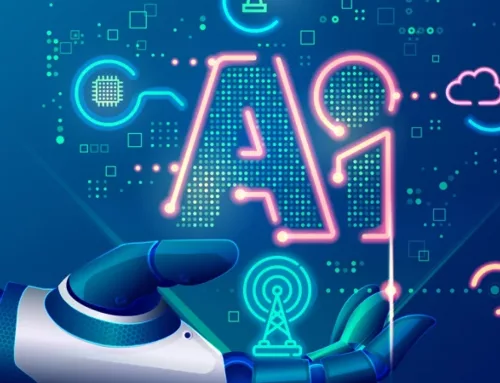New need, old resources
Although the deployment of 5G networks is in the early phase, evolving and increasing consumer demand for high performance, speed and reliability require rapid and wide 5G-network coverage and infrastructure upgrade. To fulfil the 5G promise of faster speeds and low latency, low-band spectrum for wide-area coverage can’t deliver a step-change in average radio transmission speeds to end-users and devices. How Communications Service Providers (CSPs) dynamically use their all licensed bands of spectrum assets to make efficient use will be a crucial consideration in ensuring a smooth transition from 4G TO 5G.
Earlier deployed radio standards of 2G, 3G, and 4G required dedicated allocation of spectrum blocks. To deploy a new radio access standard, telecom operators had to either allocate a new spectrum or re-farm the existing spectrum band. Spectrum re-farming is a process to govern the repurposing of spectrum bands to more efficient technologies and/or new services. It involves activities like identification of different spectrum re-farming scenarios, running simulations for coverage & capacity sites identification, frequency plan fine-tuning among others which comes out to be an expensive and time-consuming process. Imagine if spectrum sharing allocation happens at a click of a button? Or overnight?
Sounds great, doesn’t it?
Well, it will be now possible with Dynamic Spectrum Sharing (DSS) technology in the 5G era.
Adopting a dynamic way
To overcome known challenges of spectrum allocation and sharing, 3GPP has introduced the Dynamic Spectrum Sharing feature, which will prove beneficial for telecom operators. Dynamic Shared Spectrum is going to optimise spectrum usage dynamically, automatically, optimally, and cost-effectively without compromising the quality of services and providing flexibility on the network.
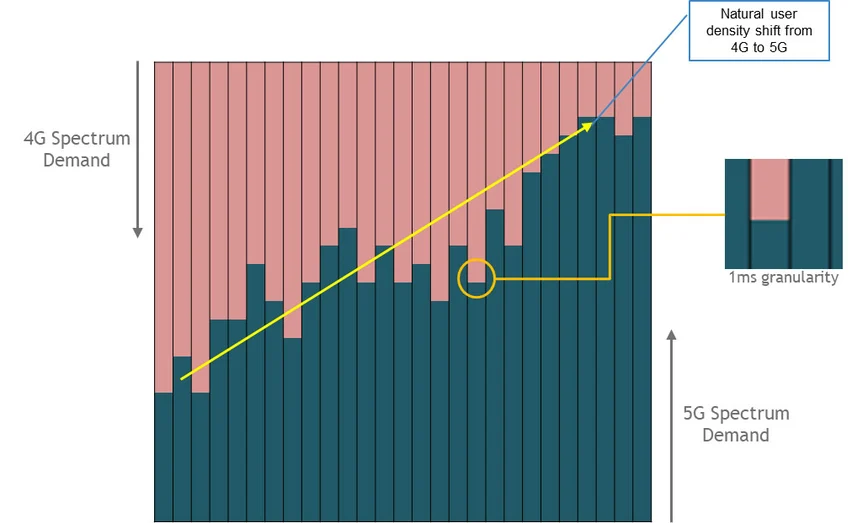
Dynamic Spectrum Sharing will allow telecom operators to run 5G and 4G technologies in the same spectrum simultaneously. DSS will dynamically allocate spectrum for 4G and 5G users on demand. Allocation of 4G and 5G spectrum is going to happen in milliseconds which will ensure optimum performance for 4G and 5G active devices registered on the network. This activity will reduce spectrum wastage significantly and will safeguard the best user experience on both the networks.
Image 2. Worldwide adoption of mobile technologies, GSMA Mobile Economy 2020 report
According to GSMA’s Mobile Economy 2020 report, worldwide adoption of 5G would reach 20% by 2025. This means 4G will have to stay for a relatively significant amount of time. It’s evident from the projections that 5G will be a new reality for users in the next five years which essentially means that the 4G spectrum will not be occupied to its full capacity. This develops scope for re-allocating free spectrum for 5G demand. By selecting dynamic spectrum sharing instead of static spectrum allocation, telecom operators can smoothly transition to 5G and increase their returns on spectrum license investments.
As users would move from 4G to 5G services, telcos can use spare 4G spectrum dynamically to cater to both 4G and 5G customers, ensuring seamless services without zero disruption. This will enable telecom operators to accelerate their journey towards 5G.
DSS is going to help telecom operators in multifold:
- It will help enhance coverage with a lesser number of new sites
- Lower TCO for introducing 5G in markets
- Enable telecom operators to fast track 5G rollout
- Help telecom operators in smoothly transitioning from 4G to 5G
Telecom operators will have to continue using 4G and 5G networks in parallel for a few more years to serve both types of customers. In this situation, if telecom operators choose to allocate separate spectrum for both networks, then they may end up managing spectrum manually and inefficiently and may not get optimum returns on their license investments. DSS can solve this problem.
While managing 4G and 5G networks together, telecom operators may also need to ramp up their skilled workforce to meet the workload demands. On one side, there will be aware and established LTE networks while on the other hand, the new 5G technology networks. In this situation, telecom operators may face skill and resource crunch. Precisely in such cases, Tata Communications Transformation Services (TCTS) can play a vital role in maintaining and managing the existing LTE network. Telecom operator’s existing resources can focus on the new 5G network.
Following TCTS services can be leveraged by telecom operators:
- Radio Engineering Services
- Backhaul core network fully managed migrations (Bandwidth Upgrade, QoS implementation etc.)
- New network provisioning for IP, Transport and Virtual services
- L1/L2 assurance for networks
- Radio Network performance optimisation and testing
TCTS is delivering above services to various telecom operators. TCTS completed various automation and process improvement projects, contributed towards the digital transformation of existing legacy processes, and delivered value leveraging design thinking tools and practices.
In conclusion, telecom operators should consider implementing DSS for faster rollout of 5G network and maximise returns on spectrum license investment. Telecom operators can also leverage managed service partner like TCTS to reduce operating costs and bring in agility in current operations.
Contact us @ tcts.contactus@tatacommunications.com
Download 5G Readiness Portfolio
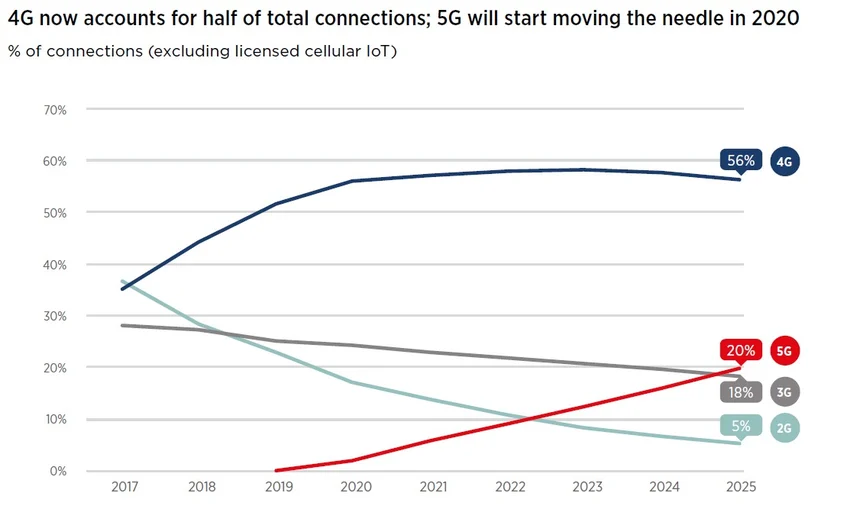
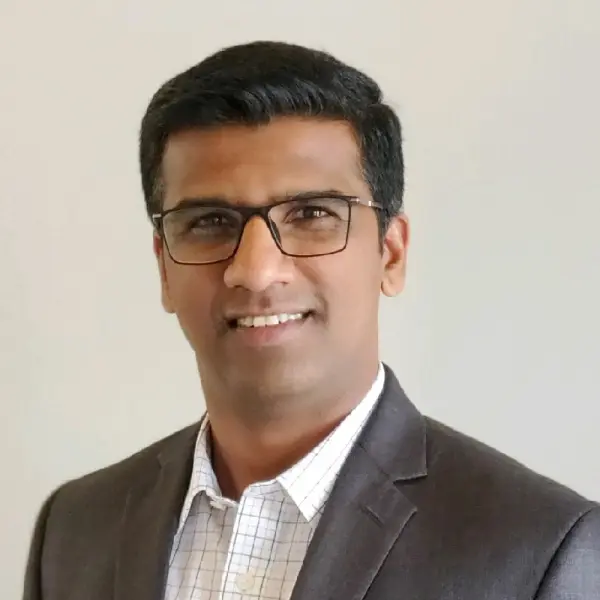
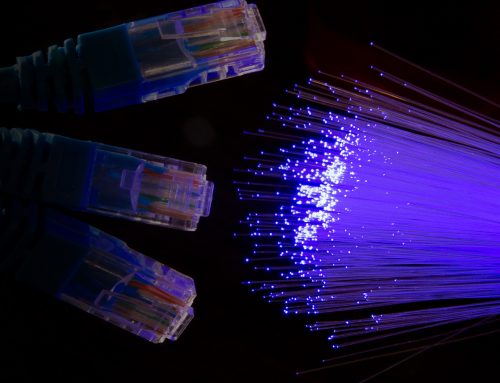


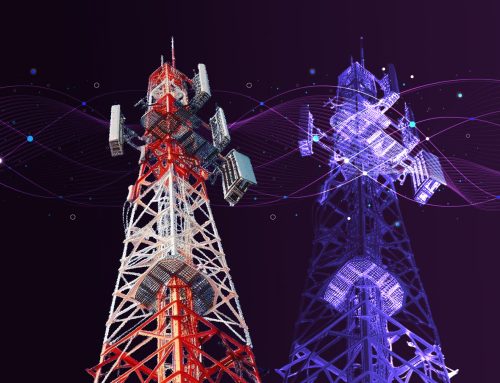

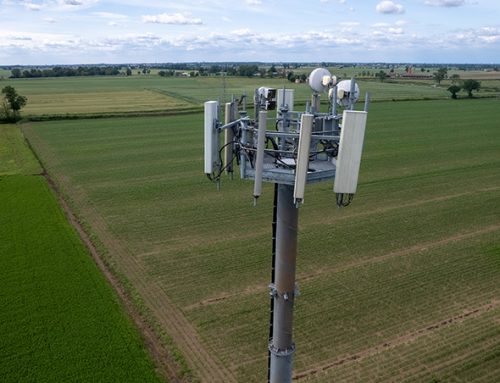



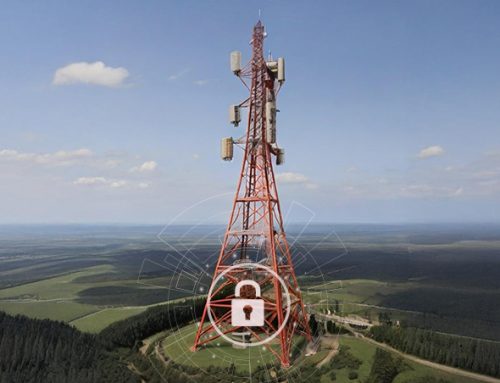










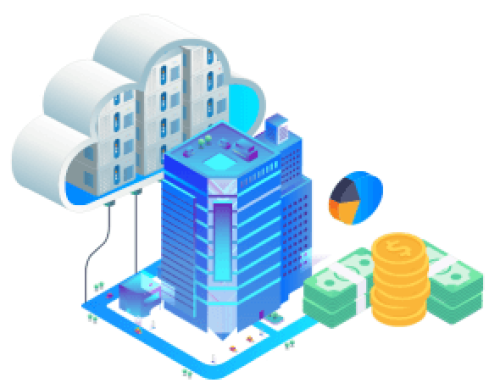
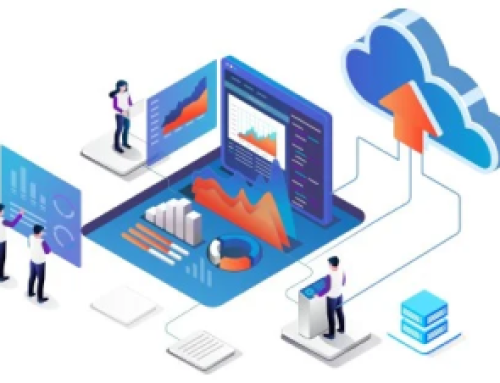
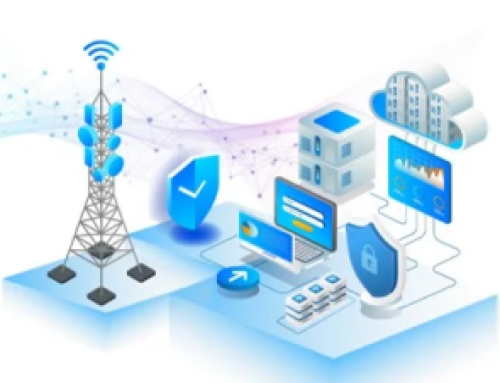
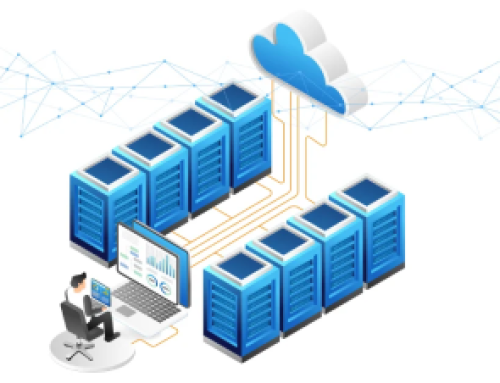

![Telco Cloud: A Key Enabler to Telco Transformation [Part 1]](https://www.tatacommunications-ts.com/wp-content/uploads/2023/06/Telco-Cloud-blog_image-1-500x383.png)
